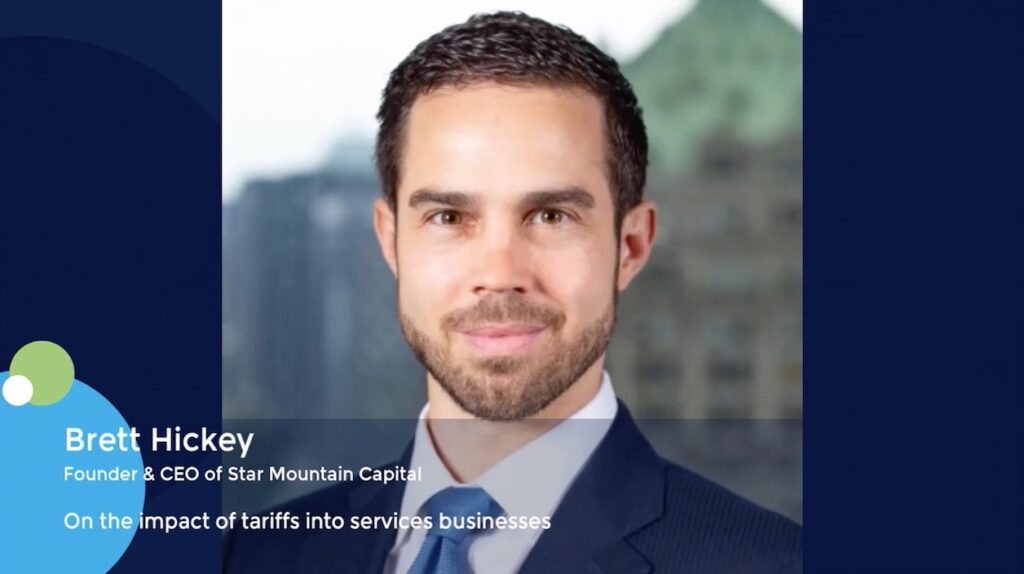Solar Power: Inflation Reduction Act fuels solar sector dealmaking
A confluence of US government incentives and a ban on Chinese imports supercharged dealmaking in the solar power industry in 2022. Although 2023 is off to a slower start than last year’s record pace, industry sources expect the tailwinds will only strengthen.
At least 101 transactions targeting North America-based solar power and related renewables businesses were announced last year, surpassing the prior record of 97, set during the M&A frenzy of 2021, according to Dealogic data.
In terms of deal value, the USD 14.3bn in 2022 exceeds by nearly 30% the prior record of USD 11.1bn in 2020, the data shows.
Last month, a record turnout of more than 400 companies gathered in Long Beach, California, for Intersolar North America, one of the sector’s largest trade shows. Attendees included manufacturers and vendors of solar panels, inverters, battery storage, controls software and systems integrators.
Many company executives pointed to tax credits and other incentives in the Inflation Reduction Act as a game-changer for an industry already growing in excess of 20% per year.
The sector’s resilience can be seen in the stock price of some of solar’s large North American names, including Solaredge Technologies [NASDAQ:SEDG], First Solar [NASDAQ:FSLR], Enphase Energy [NASDAQ: ENPH] and Daqo New Energy Corp [NYSE:DQ], which are all trading above where they were a year ago.
Defying a slowdown
Transactions began last year at a torrid pace amid the frothiness of 1Q22, before slowing in the second quarter, about the same time as the reality of inflation and higher interest rates took hold.
But then the number of solar deals increased in 3Q22 and continued to accelerate into the end of the year, even as the broader M&A market slowed.
A major tailwind for the solar sector came in July when US lawmakers unexpectedly broke a stalemate in the Senate to clear the way for the Inflation Reduction Act to become law on 16 August.
Another boost for domestic manufacturers came in June 2022 when the US banned imports of solar components from China’s Xinjiang province under the Uyghur Forced Labor Prevention Act (UFLPA). By fall, shipments of banned components from the planet’s leading solar producer were stacking up at US ports. The logjam of Chinese imports, which had raised prices and delayed projects, has since eased following clarifications to the law.
Green growth
Only 14 deals were announced during the first two months of 2023, on pace to fall short of last year’s tally.
Still, market conditions do not support a slowdown in investments in the sector, observers say.
The IRA has accelerated efforts by established energy companies and upstarts alike to seek opportunities for their solar business models in North America, home of the world’s most advanced and deregulated energy markets.
“That enables a lot of business models to be validated,” says Jamal Burki, president of IHI Terrasun Solutions, a systems integrator and subsidiary of Japanese engineering conglomerate IHI Corporation [TYO:7013].
Burki is leading IHI Terrasun Solutions’ expansion into development and financing of large-scale battery projects, leveraging advances that have seen energy storage deployments grow from about 160 megawatt hours nationwide in 2015, to regularly over 1.5 gigawatt hours per project, today.
IHI Terrasun can envision acquisitions of controls software developers or other companies that would help it gain capabilities in timely moving energy assets to where they need to be, Burki says.
Toledo Solar, a Perrysburg, Ohio-based private maker of thin-film solar panels, projects the IRA will add 30% to its business, CEO and co-founder Aaron Bates told this news service. After declining to go public via SPAC in 2022, Toledo Solar expects rapid growth and significantly more exit options in the coming few years.











